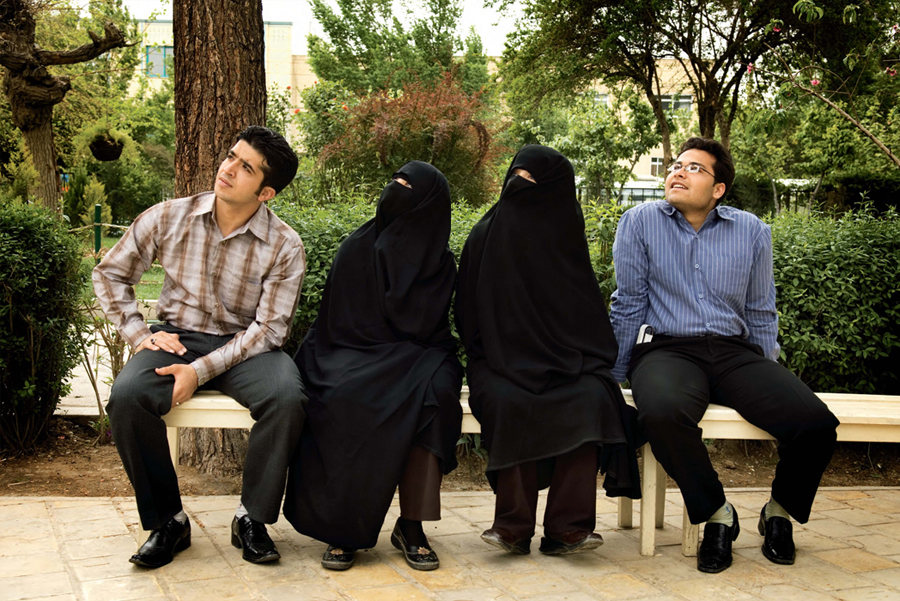CHAPTER 3
ISFAHAN: HALF THE WORLD
A CROWN JEWEL OF IRAN IS ISFAHAN (OR ESFAHAN), A CITY RICH IN BEAUTIFUL ANCIENT PALACES, MOSQUES, GARDENS, MUSEUMS, AND PERSIAN CULTURE. PRIDE OF PLACE IS REFLECTED IN THE PERSIAN SAYING “ESFAHAN NESF-E JAHAN AST” (ESFAHAN IS HALF OF THE WORLD). MUCH OF IT WAS DEVELOPED DURING THE SIXTEENTH CENTURY, CONSIDERED THE CITY’S GOLDEN AGE THANKS TO SHAH’ABBAS I (1571–1629), WHO CONQUERED THE CITY AND ESTABLISHED IT AS THE CAPITAL OF THE SAFAVID DYNASTY AND PURPOSEFULLY SET ABOUT TO MAKE ISFAHAN ONE OF THE GREAT ISLAMIC CITIES OF THE WORLD.
Today it is the country’s third largest city (with around 1.5 million residents) and is a major metropolitan area, industrialized at the outskirts, that hosts numerous universities, a major oil refinery, and Iran’s Khatami Air Base. For hundreds of years, the city has also produced magnificent rugs and textiles.
In more recent times, the city has been host to the Uranium Conversion Facility at Isfahan, which processes uranium concentrate (yellowcake) to produce uranium hexafluoride (UF6), used in uranium enrichment. (There are other Iranian nuclear facilities located at Arak and Natanz.) Low-level enrichment can yield fuel for nuclear power generation, while a high level of enrichment can make uranium suitable for use in nuclear weapons. Iran claims that it wants to develop nuclear technology for peaceful purposes, and it asserts that it has a right to do so. The visitor of Isfahan of course does not come in contact with the realities of modern-day nuclear issues. Rather, they are immersed in the magnificence of the city’s grand architecture and cosmopolitan lifestyle.
A stucco mihrab constructed by Ostad Heydar during the reign of the Mongol ruler Oljaytu (Oljeitu) in ad 1310 at the Friday Mosque, Isfahan.
The “tail of a peacock” formed by light coming through the top of the dome of Isfahan’s Shaykh Lutfallah Mosque.
Women in Iran are required to wear either a chador or a manteau and a hijab (head scarf) in public. Some express their individuality in public with designer head scarves and shoes, makeup, hair color, and nail polish.
The Allah-Verdi Khan Bridge was commissioned in 1602 by Shah Abbas I. It is also called Si-o-Se Pol (thirty-three bridges) because its lower level is made up of thirty-three arches.
An Isfahan street scene from the top of the pigeon tower. In the distance pedestrians take their lives into their own hands with a dash across traffic, a scene that is repeated countless times throughout the country every day.
Children play on the tail of a prehistoric animal model in front of the Natural History Museum in Isfahan.
Two couples watch the Menar Jonban, or “shaking minarets,” so called because grabbing and shaking one of the two small towers on the roof of the building will cause the other to sway and, alarmingly, to reveal cracks in the building.















